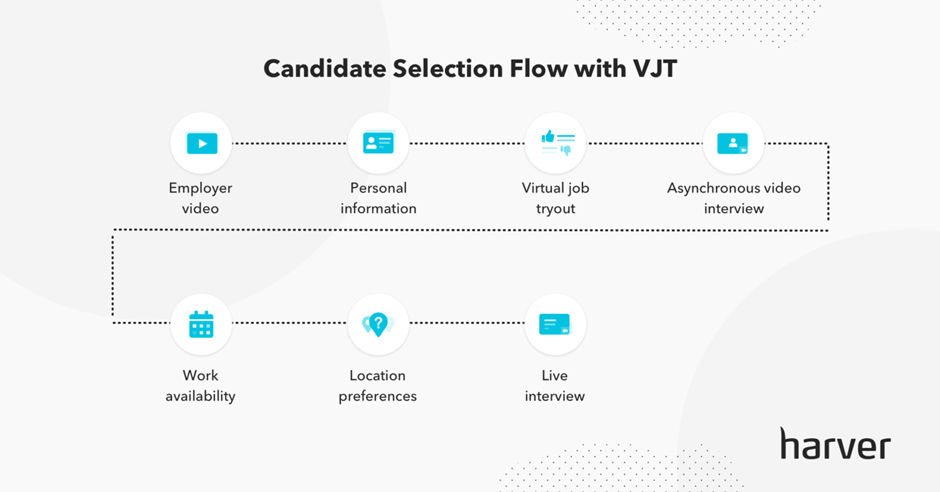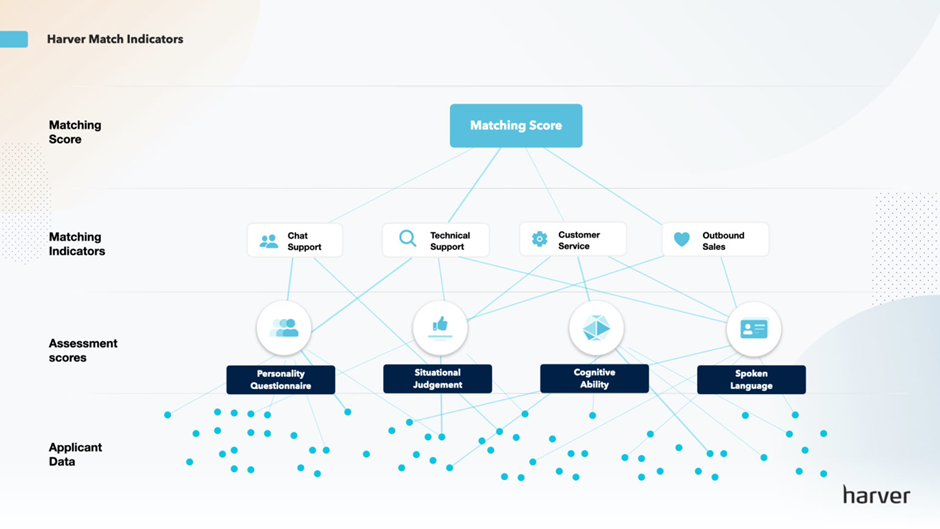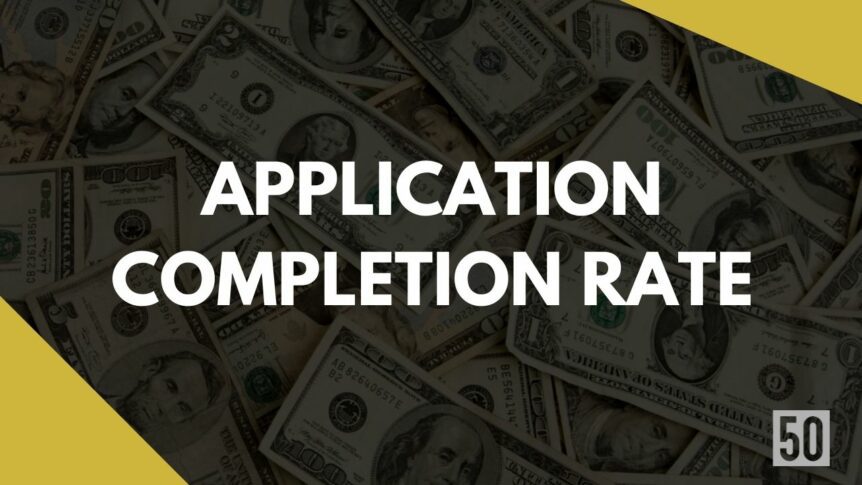There is no doubt that the process of applying for college can be grueling. From completing lengthy applications to writing essays, it’s no wonder many students give up before submitting their final product. However, you can do a few things to increase your application completion rate and your chances of getting into the school of your dreams. Read on for tips!
What is the Application Completion Rate?
This metric measures the number of applicants who initiate an application process and successfully submit it for review. It provides insight into the effectiveness of your recruitment process and can help identify any areas that may need improvement.
By tracking the number of completed applications, you can ensure your recruitment efforts are successful and efficient. Additionally, you can use this metric to observe trends in the rate of completed applications over time. This will allow you to adjust your recruitment activities accordingly to maintain a steady influx of qualified candidates.
A high application completion rate may indicate that a company’s online application process is user-friendly and efficient. Conversely, a low application completion rate may suggest that there are problems with the online application process that are causing candidates to abandon their applications.
Why Is It Important For Startups To Track Application Completion Rate?
Startups need to track application completion rates to understand how customers interact with their product or service. This helps them identify areas within the customer journey where customers are dropping off, and gain insight into why this may be occurring. This data can then improve the customer experience, increase customer satisfaction, and ultimately improve the conversion rate.
Tracking application completion rate is also a great way to understand customer behaviour, including what types of users are more likely to complete the application and what features or processes can be improved to make it easier for customers.
Finally, tracking the application completion rate is a great way for startups to measure the success of their product or service. This information can be used to make adjustments and help the startup better understand which features resonate with customers, and which ones need to be improved.
How do you Calculate the Application Completion Rate?
Here is the formula:
# of submitted applications / Total # of candidates who started an application = Application Completion Rate
To accurately measure your application completion rate, you will need to determine the number of applications that were completed from all sources (such as job boards, referrals, etc.) and then divide that figure by the total amount of people who began to apply for a job but did not ultimately finish their application. This data can usually be located in your Applicant Tracking System (ATS). Finally, you will multiply the resulting number by 100 to determine your application completion rate in percentage.
What Factors Affect Application Completion Rate?
Here are some factors that affect the application completion rate:
Application Length:
The longer an application, the less likely people are to complete it. This is especially true for online applications. People don’t want to spend a long time filling out forms and answering questions, so shorter applications are more likely to be completed.
Rewards
People are more likely to complete applications if there is a reward for doing so. This could be anything from discounts or special offers to cash payments or vouchers.
Communication
Regular communication with applicants makes them more likely to finish the application. This can be done through email, text messages, and other tools that remind people to complete their applications.
Mobile Optimization
If an application isn’t optimized for mobile devices, people are less likely to complete it. Mobile optimization ensures that the application can be filled out quickly and easily on phones and tablets, making it more likely for people to finish.
Simplicity
The simpler an application is, the more likely people are to complete it. Keeping questions short and clear makes it easier for applicants to provide all the necessary information without getting overwhelmed.
Understanding
People are more likely to complete applications if they understand why they’re being asked for certain information and how that information will be used. Explaining the purpose of each question can help applicants feel more secure in providing their information.
By understanding these factors, you can make your applications more effective and increase completion rates. With the right design, rewards, and communication strategy, you can make sure that your applications are user-friendly and successful.
What are the effects of Application Completion Rate on a startup?
Application Completion Rate, or ACR, is a metric that startup companies use to track the progress of their product development. ACR is the percentage of users who complete an action in your app. This can be anything from signing up for a free trial to purchasing. Startups use ACR to measure the engagement and assess whether their product is working as intended. A high ACR indicates that users are finding value in your app and are likely to stick around.
A low ACR, on the other hand, could mean that your app needs to be simplified or clarified, and users are giving up before they get started. The effects of ACR on a startup depend on where the company is in its lifecycle. For early-stage startups, a high ACR is essential for attracting investors and building momentum. For growth-stage startups, a high ACR can help drive user acquisition and increase revenue. And for late-stage startups, a high ACR can help maintain growth and sustain profitability. As you can see, Application Completion Rate is an important metric for startups at any stage of development.
What is a Good Application Completion Rate?
The average application completion rate is 10.60%, according to Recruiter. That percentage drops drastically if an application takes more than 5 minutes to complete or it contains more than 25 questions — which, should be more than enough.
The most common reason why people abandon online job applications is that they are time-consuming (61%), followed by being required to create an account (34%), too many fields to fill out (33%), and having to answer screening questions (28%). To increase your application completion rate, make sure your application is short and only requires essential information from the applicant.
For best results, it is advisable to limit the number of questions and target only the pertinent information. Most candidates have LinkedIn profiles and other supplemental information sources, such as portfolios for writers and digital creatives, which can provide additional context for the application.
Thus, it is not always necessary to ask an extensive number of questions in order to learn more about a candidate.
What are Examples of Application Completion Rates?
The application completion rate is the percentage of students who complete and submit all required information for admission to a particular college or university.
The National Center for Education Statistics (NCES) tracks application completion rates for first-time, degree-seeking students at four-year institutions. For the fall 2019 admissions cycle, the NCES reported that the overall application completion rate was 66.1%.
However, completion rates vary significantly among different types of institutions. For example, the NCES reports that public research universities have an application completion rate of 70.9%, while the completion rate for private research universities is just 63.4%.
Application completion rates also vary based on the type of student applying. For example, the NCES reports that transfer students have an application completion rate of just 58.5%, while the rate for first-time freshmen is 67.8%.
Several factors can influence a student’s decision to complete an application, including the perceived difficulty of the process, financial considerations, and admissions deadlines. By understanding these factors, colleges and universities can take steps to improve their application completion rates.
Strategy to Increase Application Completion Rate
Here are some strategies to increase the application completion rate:
Be strategic with sourcing channels:
It is important to identify the most effective channels for sourcing high-quality applicants. Those could include job boards, social media platforms, referrals from existing employees or partners and even schools and universities.
Keep questions to a minimum:
When it comes to job applications, less is more. Aim for a straightforward process by asking only the most essential questions and ensuring that applicants can easily understand what’s expected of them.
In volume hiring, the traditional longer-form application forms are not reliable. For entry-level roles that are common in this industry, short, mobile-friendly forms are necessary to engage candidates at the earliest stage of recruitment. Research indicates that when more than 25 questions are asked, drop-offs can increase by as much as 50%.
Focus on the most important information at this stage, such as contact details, availability and work preferences (location, number of days and shifts). Utilizing auto-complete features on forms can make it even easier for candidates to apply.
Rather than relying on CVs and application questions to predict performance, skills should be evaluated. Interactive job simulations or virtual job tryouts (VJTs) can provide a better indication of the right candidates than application forms. An SJT (situational judgment test) may also be used instead of a VJT in certain cases. This is an example of a candidate selection flow that includes using virtual job tryouts.

Create a streamlined application journey from multiple platforms:
Sometimes applicants need to apply via multiple platforms. Making it easy for them to transfer data between the different sites and complete their applications quickly is essential.
Divert candidates to more suitable applications:
Only some people who start an application are a good fit for the role. Having a funnelling process in place to direct applicants towards more suitable roles can help improve completion rates and increase the quality of hire.
Rather than eliminating potential candidates from the hiring process due to a lack of necessary qualifications or experience, online assessments can be employed to identify an alternative role that may be more suitable. This approach replaces traditional, one-way assessments which are limited to determining whether a candidate is ideal for a single position, with a two-way matching system that evaluates the skills and traits demonstrated by the applicant, and then presents multiple roles that are best suited to them.

Keep it interesting:
Making an application process more interesting can help keep people engaged and more likely to follow through. Consider using gamified elements, survey questions or other tactics to break up the monotony of filling out the same form over and over again.
Track and optimize your funnel data:
Finally, tracking the data on your application funnel and optimizing it regularly can help you identify potential issues quickly and make sure that any issues are addressed in a timely manner. This can be done manually or through an automated solution. By understanding what is working (and what isn’t) you’ll be able to make more informed decisions and implement changes to optimize your application completion rate.
Conclusion
If you want to increase your application completion rate, there are a few things you can do. First, make sure your application is easy to understand and user-friendly. Second, offer incentives for completing the application. And third, follow up with applicants who don’t complete the application. By following these tips, you can encourage more people to complete your application and improve your chances of getting the best possible candidates for the job.

